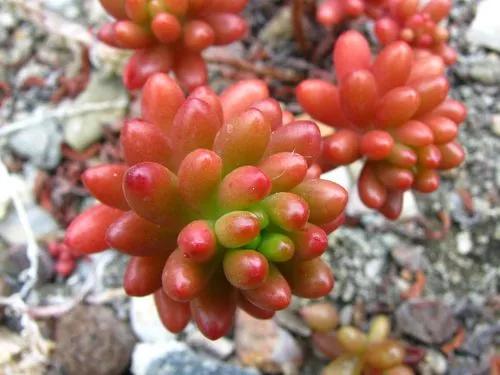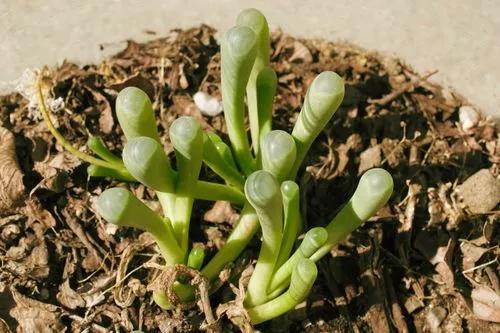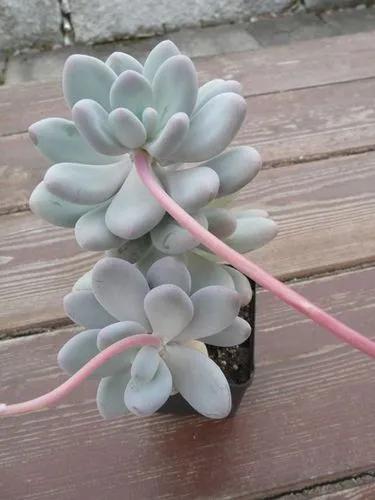Aloe squarrosa is a species of flowering plant in the Asphodelaceae family. It is from the island of Socotra, Yemen. Aloe squarrosa has smooth, green, spotted leaves that curve backwards. These recurved leaves are kept only around the head or top of each stem, with dead leaves falling off the lower parts of the stem. The inflorescence is short and simple, and the flowers are light orange with green tips. It is relatively rare in cultivation.
Aloe Zanzibarica Care
Aloe Squarrosa



How to Care for the Plant

Water

Give regular to occasional water in summer and avoid overwatering in winter - tolerates winter rainfall if soil drains well and is great in containers of even a hanging basket. Has proven hardy in our garden to 25 F.

Pruning

When pruning try not to cut into the fleshy part. I dust all the dirt out of the creases with a soft paintbrush. I water mine about once every 3-4 weeks right now.

Fertilizer

While fertilizing is not necessary, giving your plants the nutrients they need will help ensure proper growth and encourage blooms. It takes a lot of energy for plants to produce flowers, and feeding them extra nutrients will help supplement their needs during the flowering season. The best time to fertilize is during the active growing season, or during spring and summer months. A balanced blend of fertilizer for houseplants or a fertilizer specially formulated for cacti and succulents are suitable. Fertilizers are better applied at a quarter or half strength, about every two weeks.

Sunlight

Rosettes turn reddish in bright light.

Soil

This sun lover is adapted to well-drained limestone soils, so it grows best in slightly alkaline medium. It is typically grown in pots, but also grows well in frost-free gardens with naturally rocky or sandy soil.

Temperature

If there is any moisture at all do not water. When watering your Aloe Zanzibarica completely drench the soil to a point that the soil is completely moist. Your Aloe Zanzibarica cannot survive in temperatures below 30 degrees Fahrenheit.

Container

Feed with a slow release fertilizer formulated for container plants.

Popularity

59 people already have this plant 16 people have added this plant to their wishlists
Discover more plants with the list below
Popular articles






